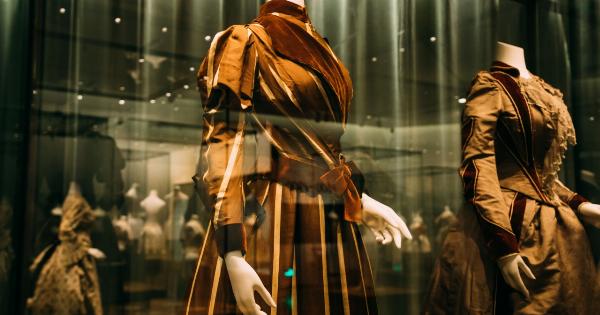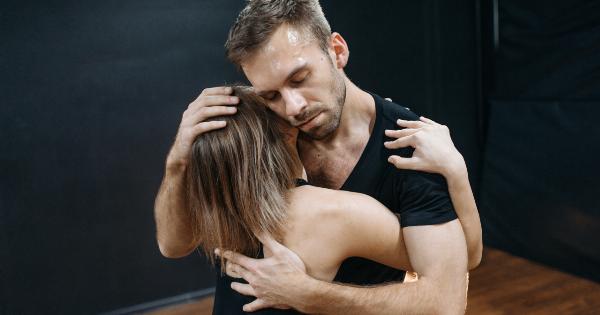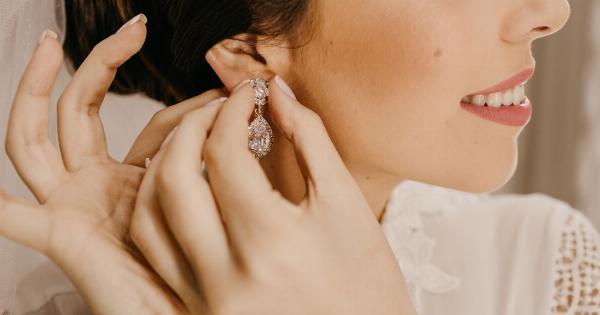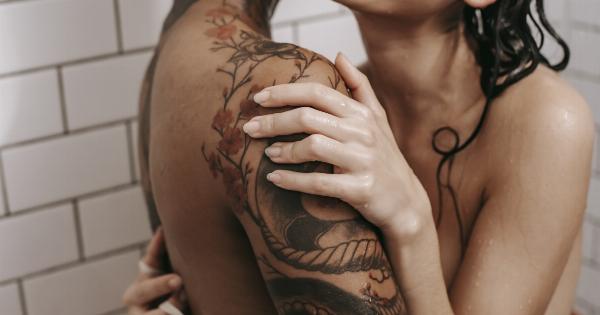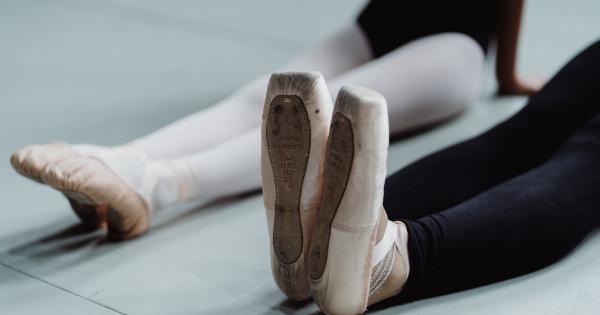The ideal body type has undergone significant changes throughout history, reflecting shifting cultural values and societal expectations.
From the coveted hourglass figure of the past to the current trend of embracing a slim and slender figure, this article explores the evolution of the ideal body type and the impact of media and societal influences.
The Hourglass Figure
For much of history, the hourglass figure with a small waist and fuller hips and bust was considered the epitome of beauty.
This body type, often referred to as the “ideal feminine figure,” was widely celebrated in art, fashion, and literature. Renaissance paintings, for example, frequently depicted women with voluptuous curves, portraying a sense of fertility and sensuality.
The Corset Craze
To achieve the coveted hourglass figure, women throughout history have resorted to various measures, including the use of corsets.
The popularity of corsets reached its peak during the Victorian era, when women tightlaced their corsets to achieve a smaller waist. While corsets created the illusion of a narrower waist, they also caused significant health issues, such as difficulty breathing and damage to internal organs.
The Rise of the Twig Figure
In the early 20th century, there was a significant shift in the ideal body type.
The emergence of flapper culture and the growing influence of the fashion industry led to a preference for a more boyish figure, known as the “Twig” or “Flapper” figure. This body type featured a flat chest, narrow hips, and a slim, athletic build.
The Post-War Influence
Following World War II, there was a desire for a more feminine and curvaceous body shape. This was partly influenced by the popularity of pin-up models like Marilyn Monroe, who embraced their natural curves.
The hourglass figure once again gained prominence, with women aspiring to attain a more voluptuous physique.
The Rise of Thinness
In the latter part of the 20th century, there was a dramatic shift in the ideal body type. The fashion industry began promoting a thinner and more slender figure, characterized by minimal body fat and defined bone structure.
This trend was predominantly driven by the rise of supermodels like Kate Moss, whose waif-like appearance became highly sought after.
The Impact of Media
The media, including magazines, television, and social media, plays a significant role in shaping the ideal body type. Photoshopped images of thin models and celebrities create unrealistic beauty standards and contribute to body dissatisfaction.
The constant bombardment of these images can negatively impact individuals’ self-esteem and body image.
The Body Positivity Movement
In recent years, there has been a growing movement promoting body positivity and acceptance of diverse body types. Celebrities, influencers, and organizations have championed inclusivity and challenged societal beauty norms.
This movement encourages individuals to embrace their bodies and promotes the idea that beauty comes in all shapes and sizes.
Body Types and Health
While societal ideals of beauty have shifted over time, it is essential to prioritize health over appearance. The focus should be on maintaining a balanced lifestyle, including regular exercise, a nutritious diet, and overall well-being.
It is crucial to remember that the ideal body type varies for each individual based on factors such as genetics, body composition, and personal preferences.
Conclusion
The ideal body type has constantly evolved throughout history, from the celebrated hourglass figure to the current trend of embracing diverse body types.
Media and societal influences have played a significant role in shaping beauty standards, often promoting unrealistic images. However, there is a visible shift towards body positivity and inclusivity, encouraging individuals to embrace and love themselves, regardless of their body shape or size.

